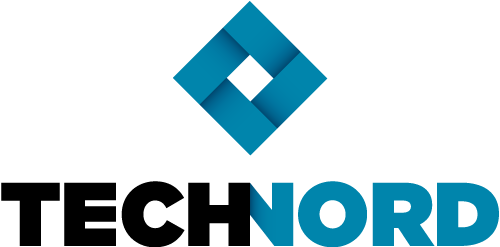The challenge
One of the main challenges in food production is to manage the variability of raw materials to deliver a final product that meets quality specifications. Champagne production is a case in point: the quality of the main substrate, the grape juice, depends on annual weather conditions, viticultural practices and the terroir in which it is grown. This means that fermentations will also behave differently depending on the composition of the juice (quantities of sugar and nitrogen, turbidity, among others).
Alcoholic fermentation involves the conversion of juice sugars by yeast into ethanol and CO2, and it has been found that the flow of CO2 generated is a reliable representation of fermentative activity. It is the main monitoring measure.
The challenge for the major champagne houses is to ensure that all fermentations run smoothly (golden batch). Harvesting takes less than a month, so hundreds of fermentation tanks have to be monitored. The variability of grape components means that each fermentation is different, and many parameters will influence it. The sheer volume and urgency of production means that oenologists cannot effectively monitor every tank during this period, and some fermentations may be out of specification.
The solution
Live, automated management of these fermentations is therefore of interest, so that fermentation behavior can be anticipated and corrected if necessary. This will guarantee wine quality and may also have a positive impact on production flow.
In the first phase, we were given just 6 fermentation curves to develop a model. Differential equations were developed to represent them. Physical modeling makes it possible to develop a representation of the process with just a few data, which is an advantage over statistical approaches. For “live” management of the measurements, a decision tree was designed to identify the context and guide the model to be used for curve prediction.
The second phase, using more data (fermentations with and without corrections), enabled us to refine the modeling and integrate the impact of corrections on fermentation behavior.
The next step is insertion into the process monitoring system.
The potential gain
The operational gain can easily be translated into financial gain, as it leads to better management of fermentations and fewer losses.
Further information on this project
Customer activity
- Food industry
- Production of high-end spirits
Solution brand
- Wonderware
- Historian
- Siemens
- Simcenter
- Amesim
- Matlab
- Python
Type of work
- Golden batch
Service
- Decision-making tool










